Visiting the Former Kyoto Prefectural Office Building
The Agency for Cultural Affairs, Relocated Here in 2023
After taking a few detours, I finally arrived at the Agency for Cultural Affairs Kyoto Office and the Former Kyoto Prefectural Office Building. The Agency for Cultural Affairs moved its headquarters to Kyoto in March 2023.
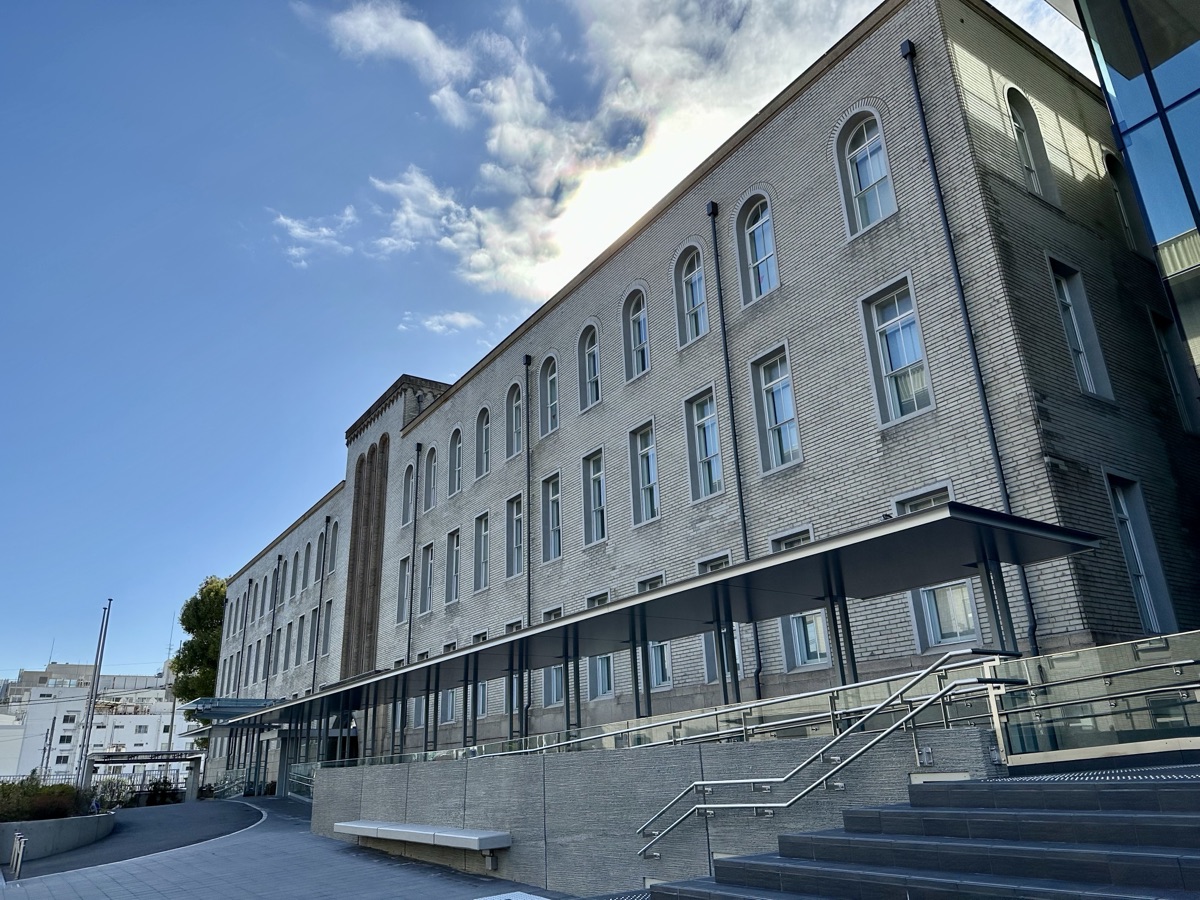
The building was originally constructed in 1927 (Showa 2) as the headquarters of the Kyoto Prefectural Police, and has since been renovated for its current use.
This area is lined with many government buildings, and right next to it stands the Former Main Building of the Kyoto Prefectural Office. This was my main destination!
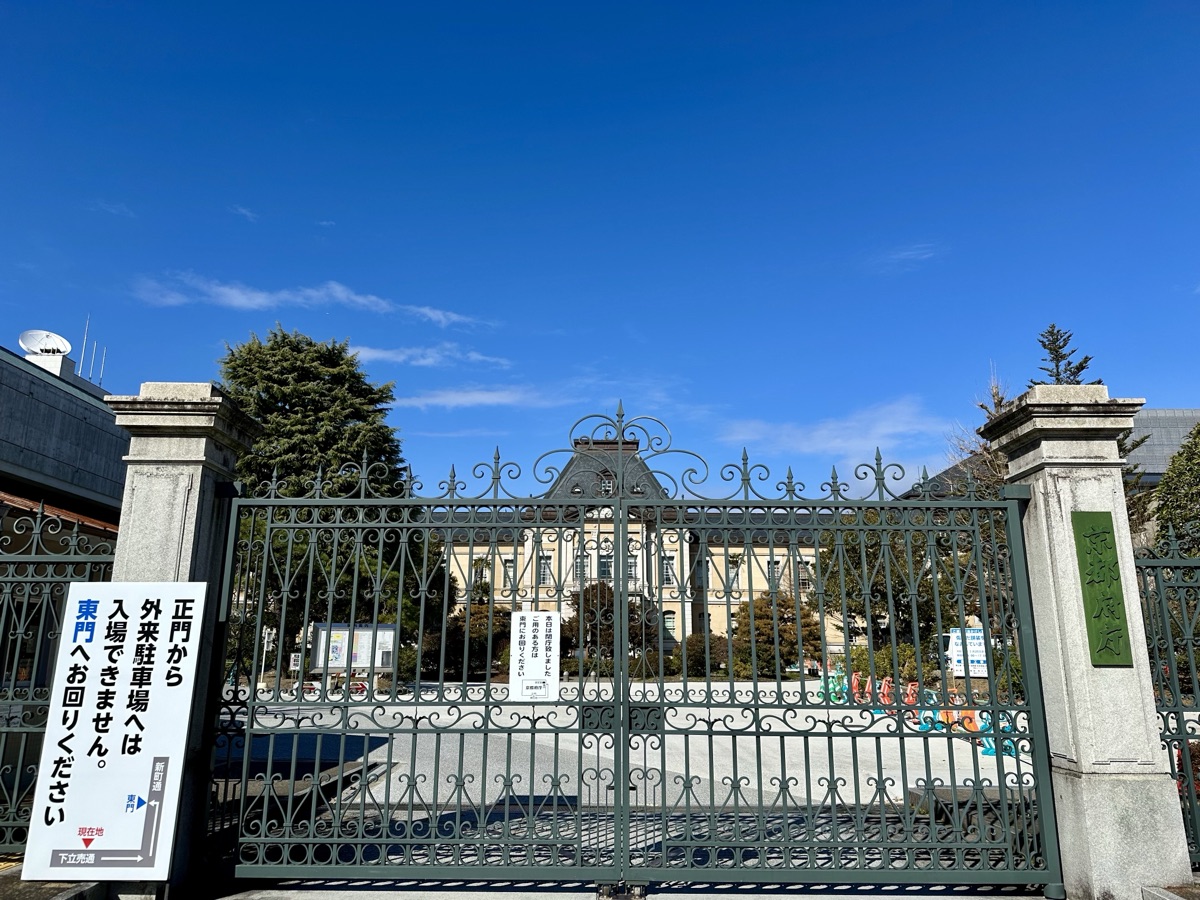
As of March 2024, the building is open for tours only on Tuesdays through Fridays and on the 1st, 3rd, and 5th Saturdays, from 10 a.m. to 5 p.m. For the latest information, check the link below. ↓
Step Back in Time: The Former Kyoto Prefectural Office Building
I visited the Former Main Building of the Kyoto Prefectural Office, completed in 1904 (Meiji 37) and still used today as an administrative office. Its exterior is designed in a stately Renaissance style.
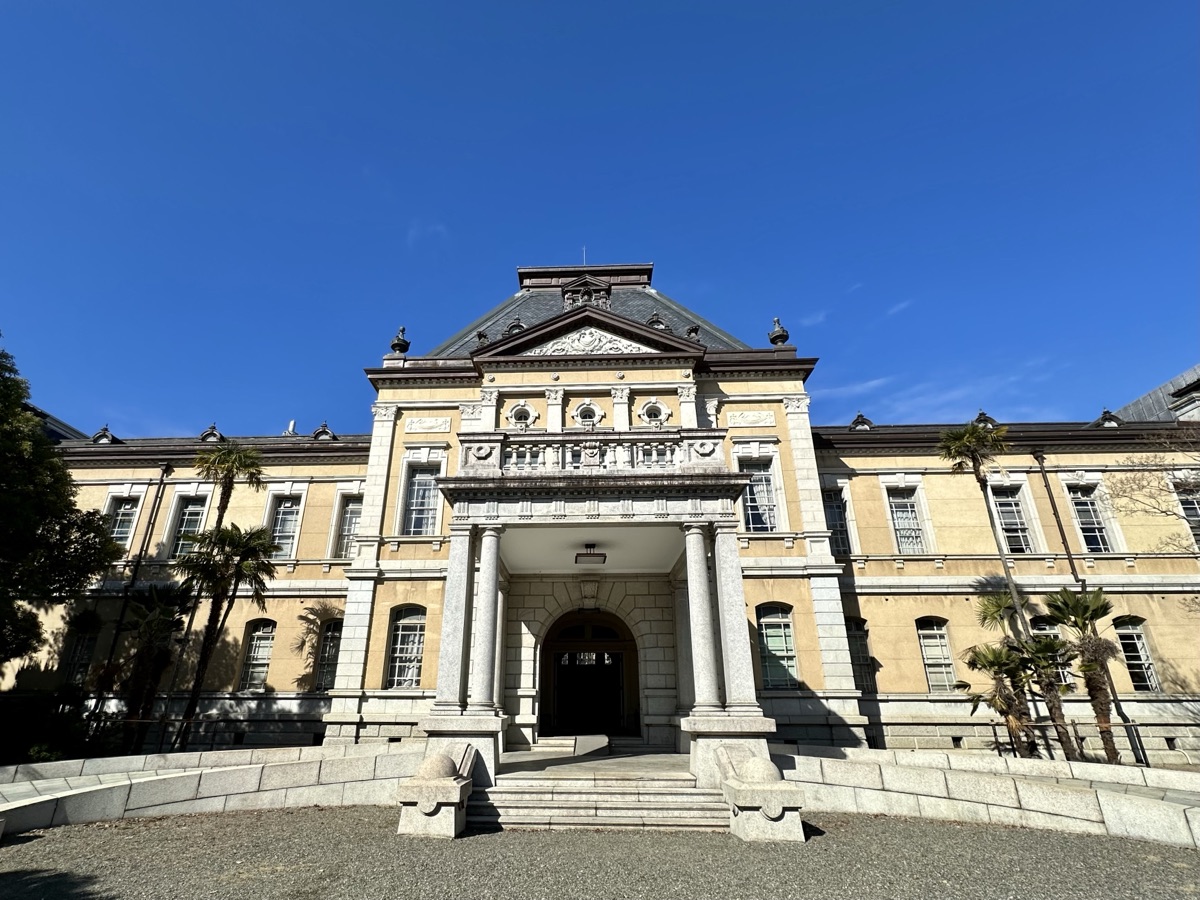
Inside, the ceilings are high and the space feels open and expansive.
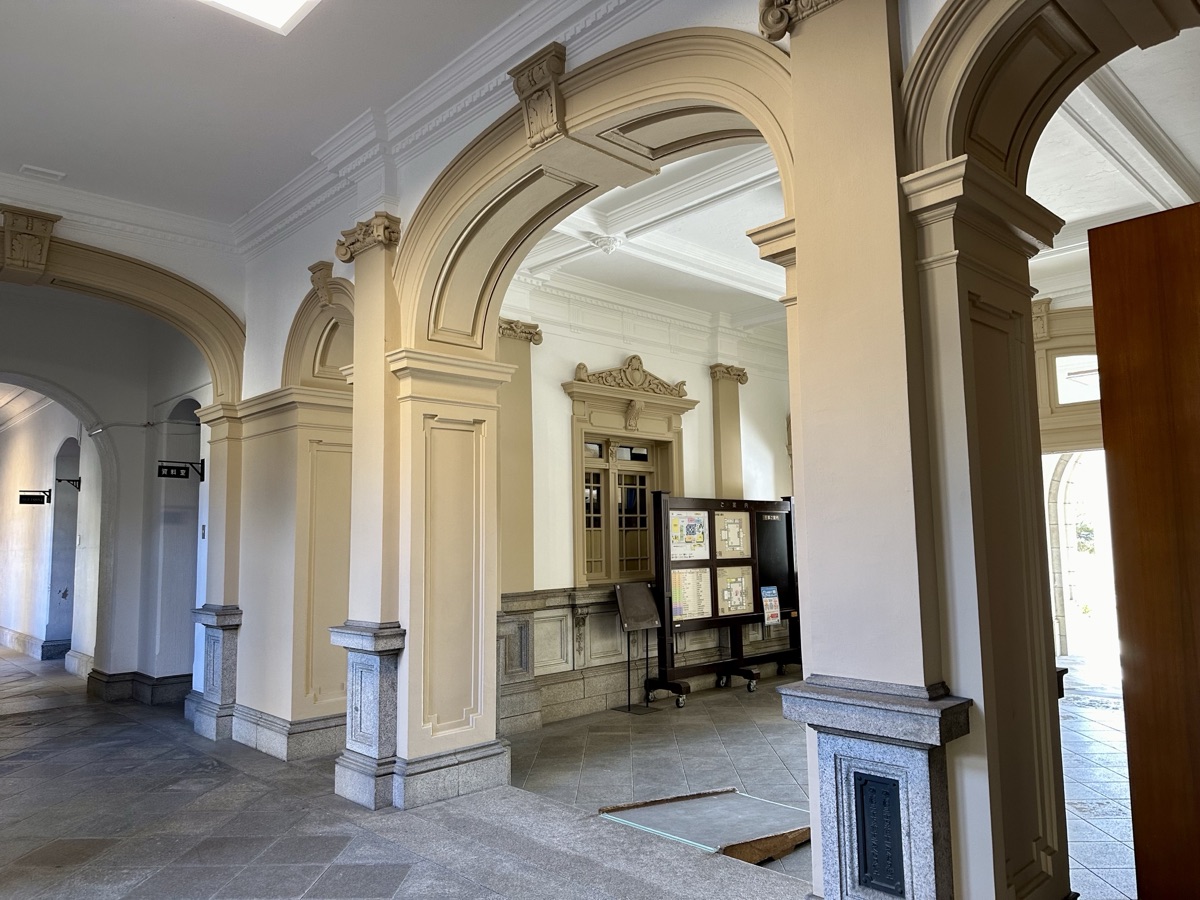
Beyond the main entrance, there’s an atrium and a staircase leading up to the second floor. It feels like a scene from a movie.
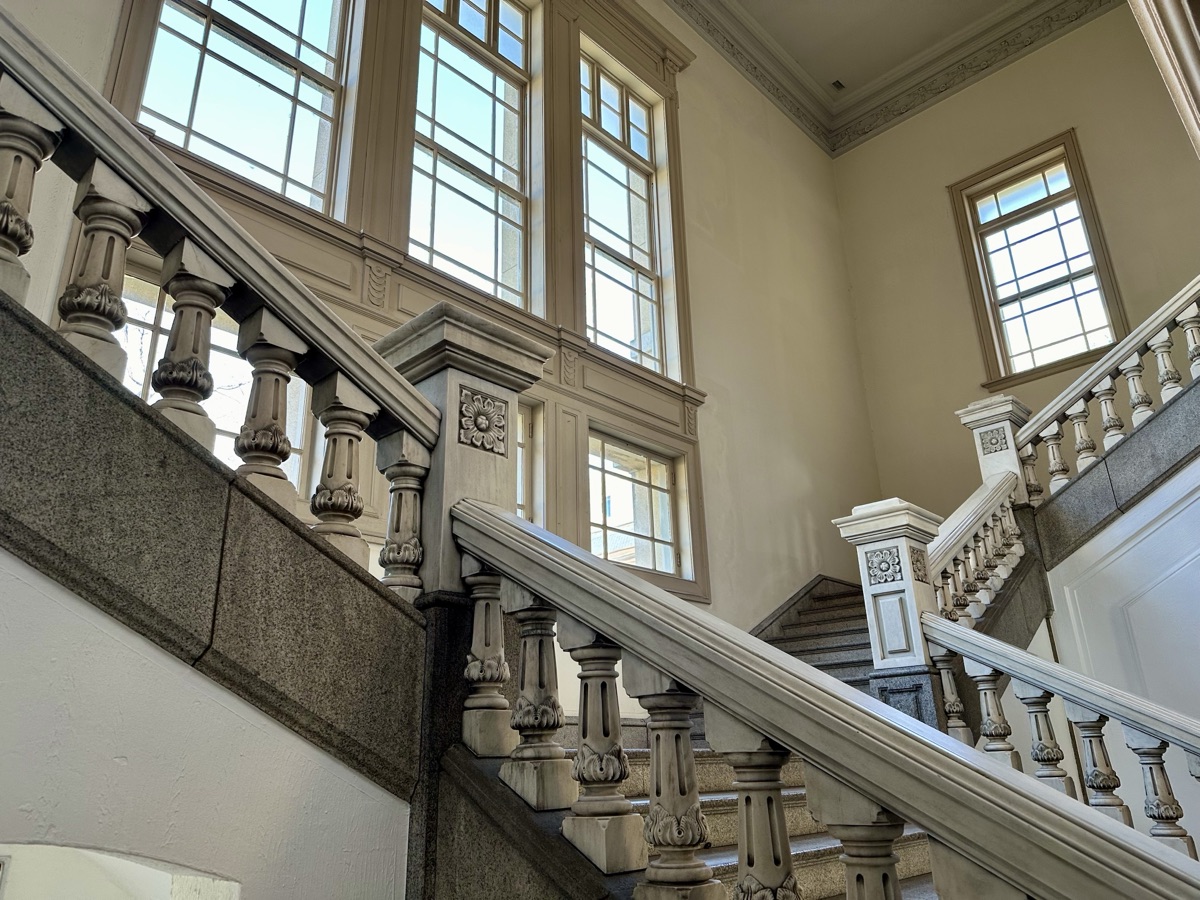
A corridor runs all around the central courtyard. Natural light fills the space, creating a bright and pleasant atmosphere.
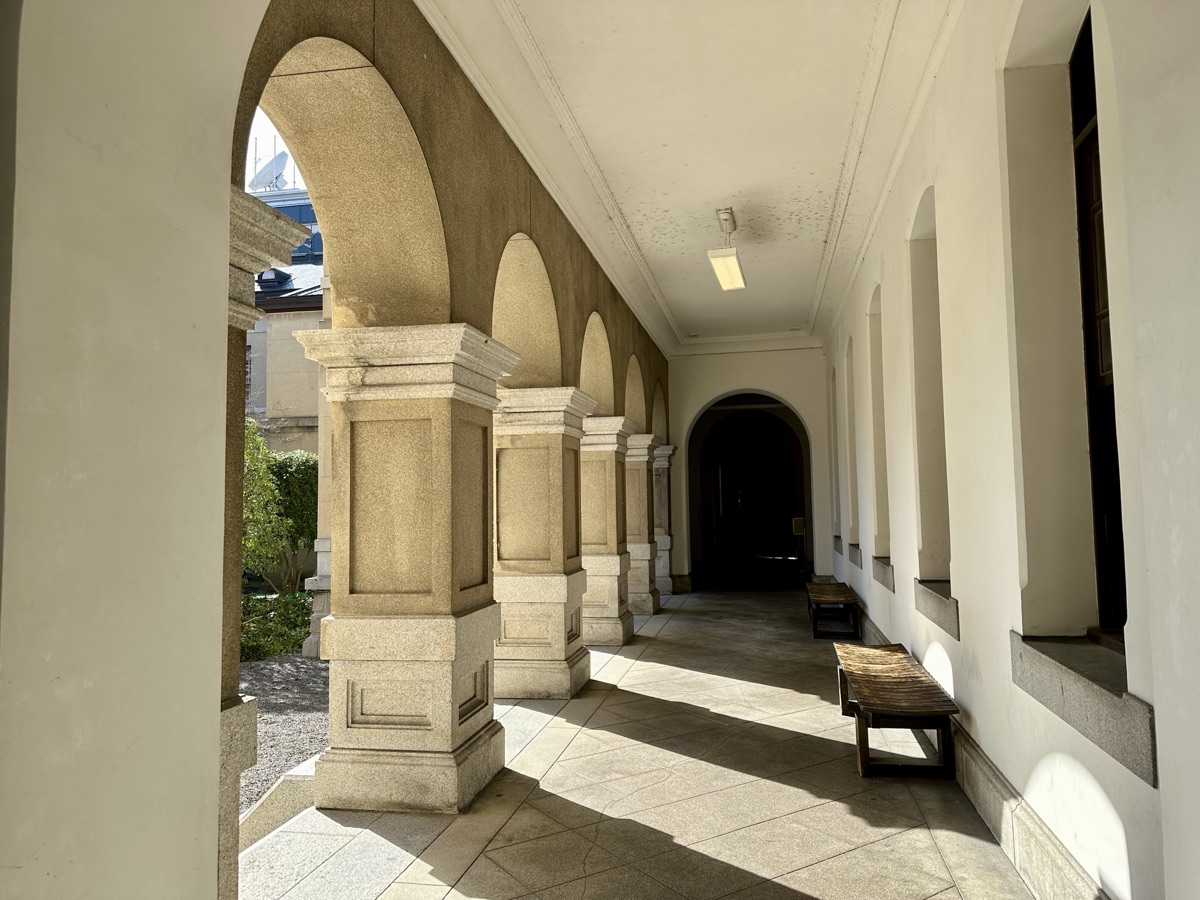
I went down into the courtyard and looked back at the building—at the center stands a Gion Shidare Zakura, a beautiful weeping cherry tree. It must be stunning here during cherry blossom season… 🌸
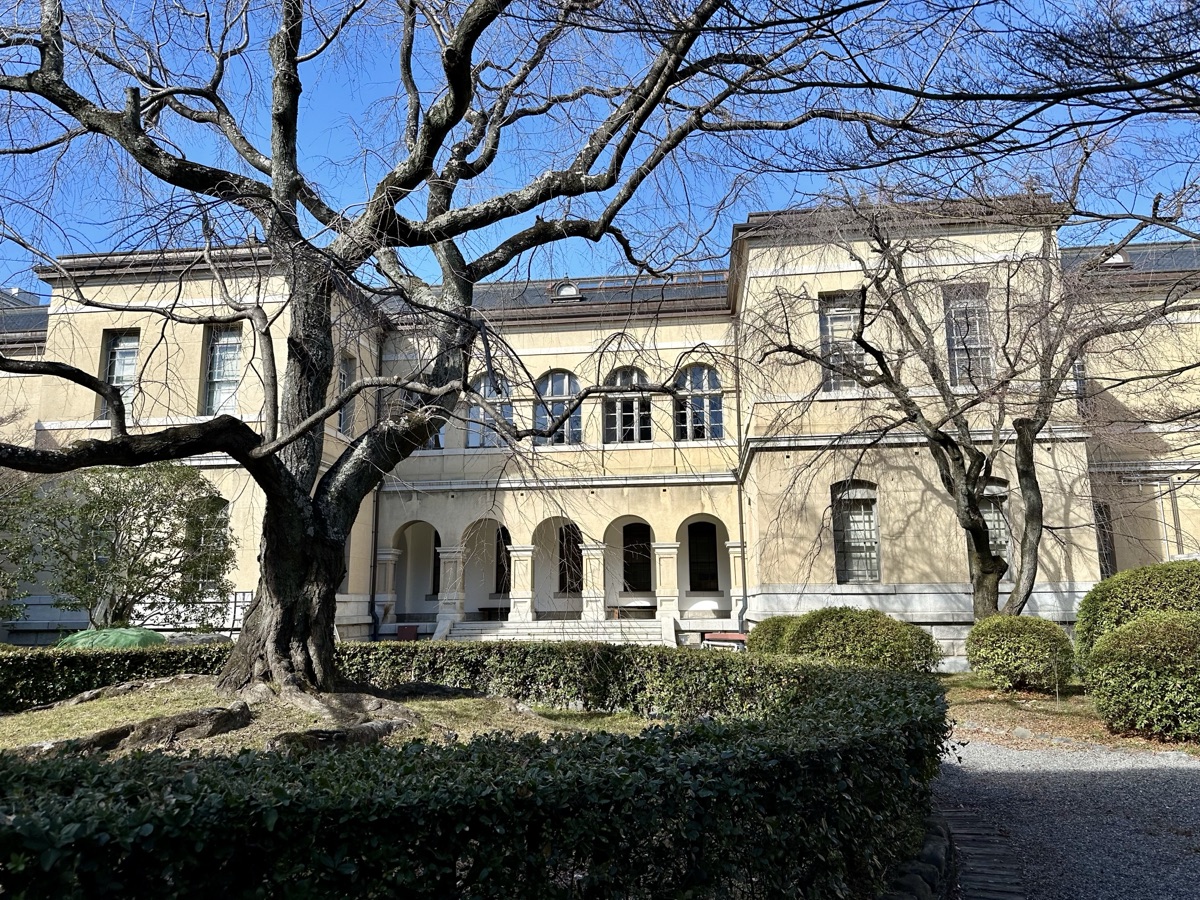
I stepped back inside. The staircase covered with a red carpet looks so elegant—it has a completely different atmosphere from the one I saw earlier.
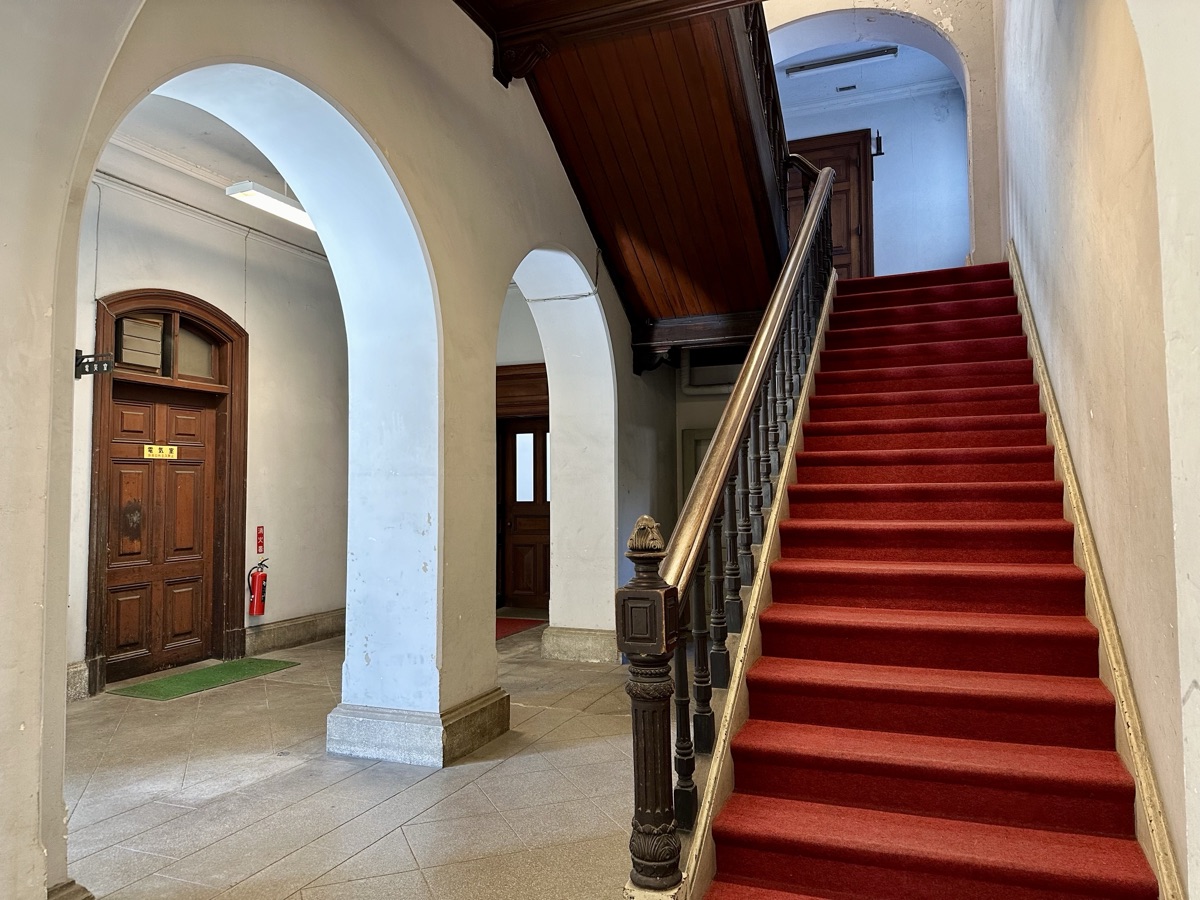
On the second floor, the corridors are also lined with red carpet, and the graceful arches add a touch of charm.
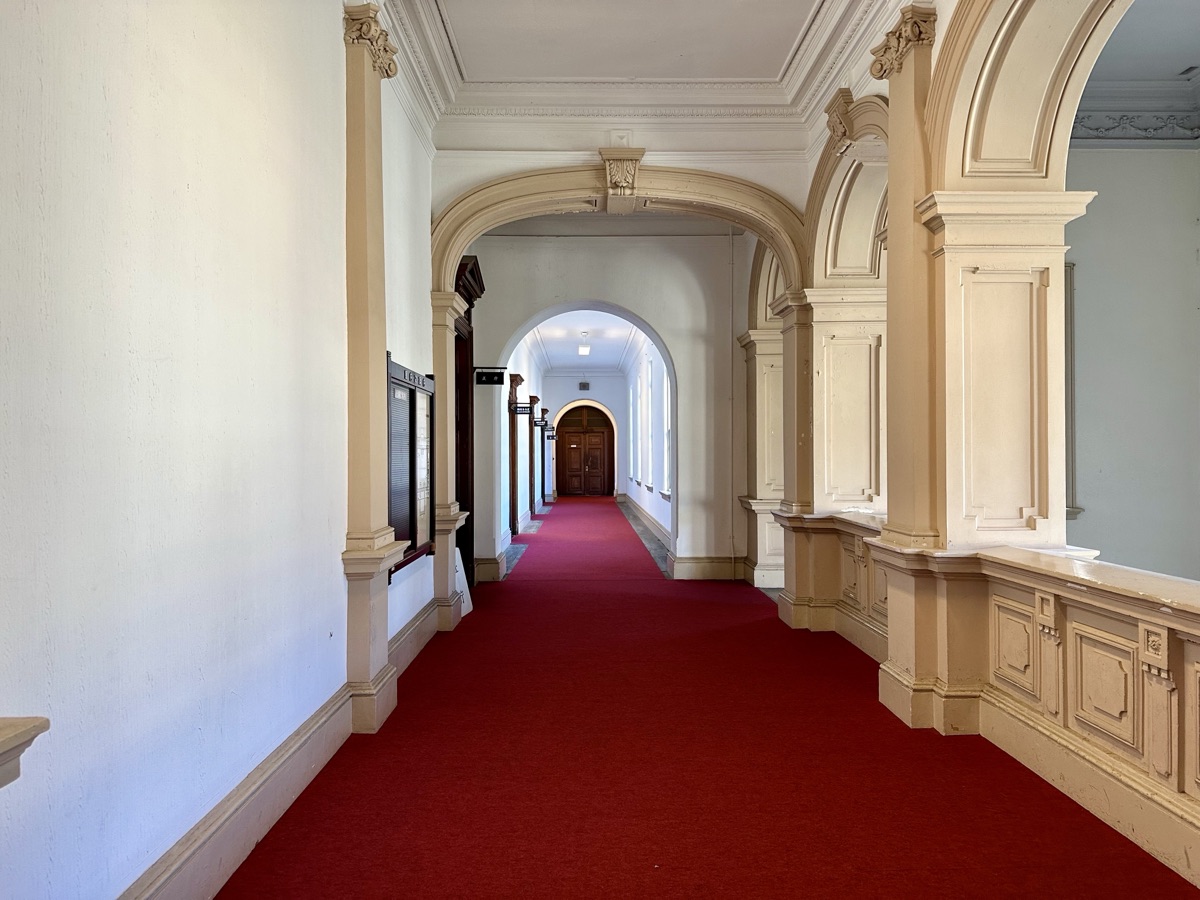
Looking down from the second floor, you can see the grand staircase hall at the main entrance. The window frames, the pale blue walls, the chandeliers—every detail is simply beautiful.
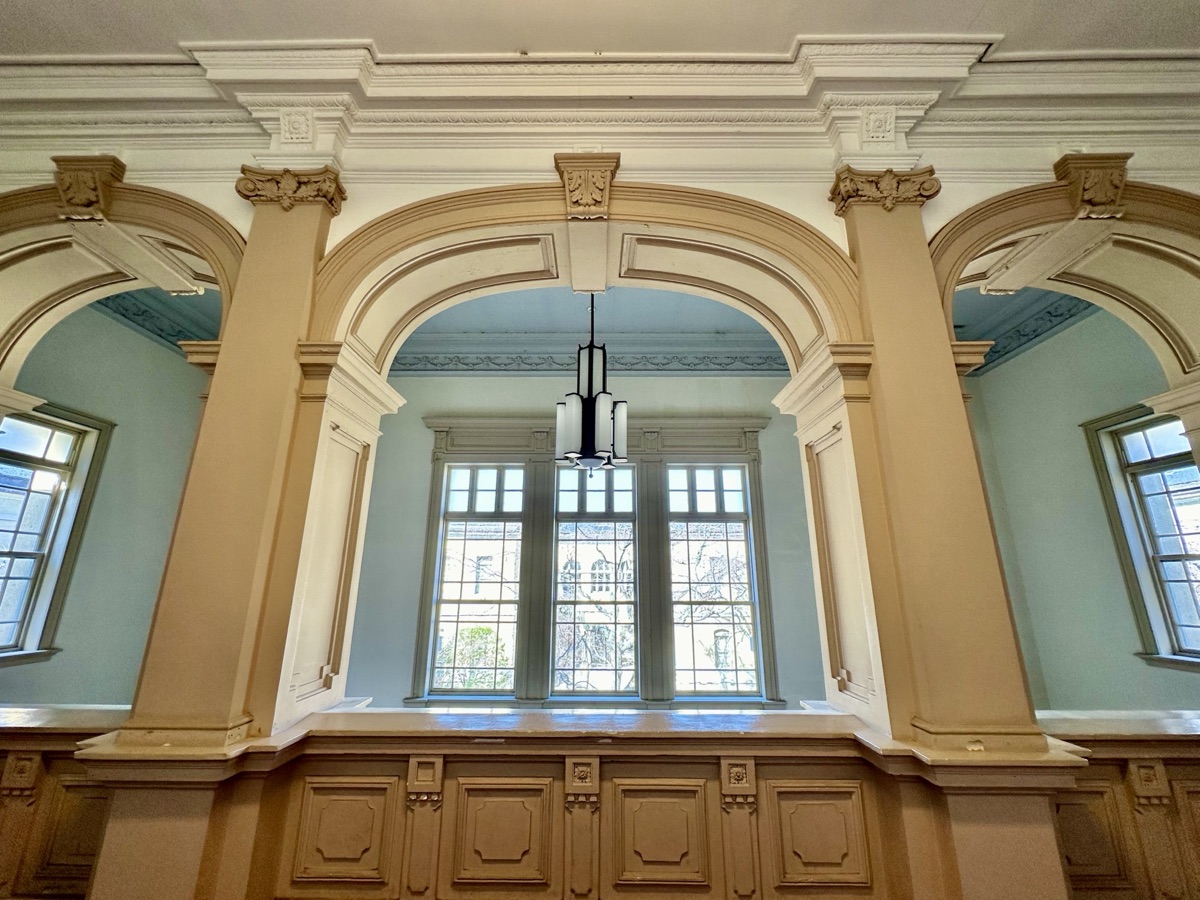
Apparently, the most prestigious room, called the Seicho, was located here—but I was so captivated by the staircase hall that I missed it…
A little further down the corridor, beyond this door, is the former governor’s office, which is open to the public—so I decided to take a look inside. Inside, there’s an office for an NPO called Miyakogusa, the Association for the Study of Kyoto Tourism and Culture (if I’m not mistaken).
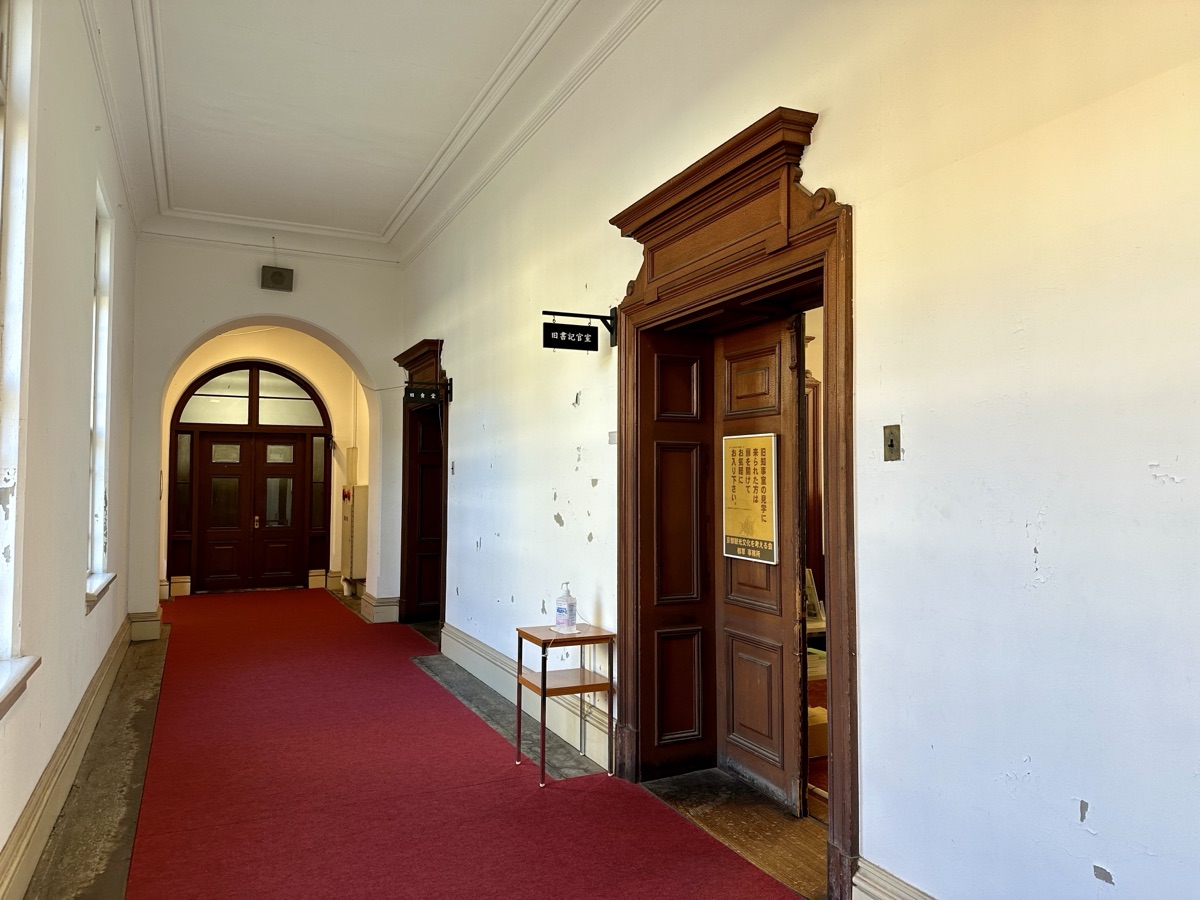
At the back of the office is the former dining hall. Various items are displayed there, most of which don’t seem to be related to dining. What’s displayed above the fireplace isn’t a painting, but a piece of Yuzen dyeing work. It’s called Wood Yuzen, a Yuzen dyeing technique applied to cedar boards.
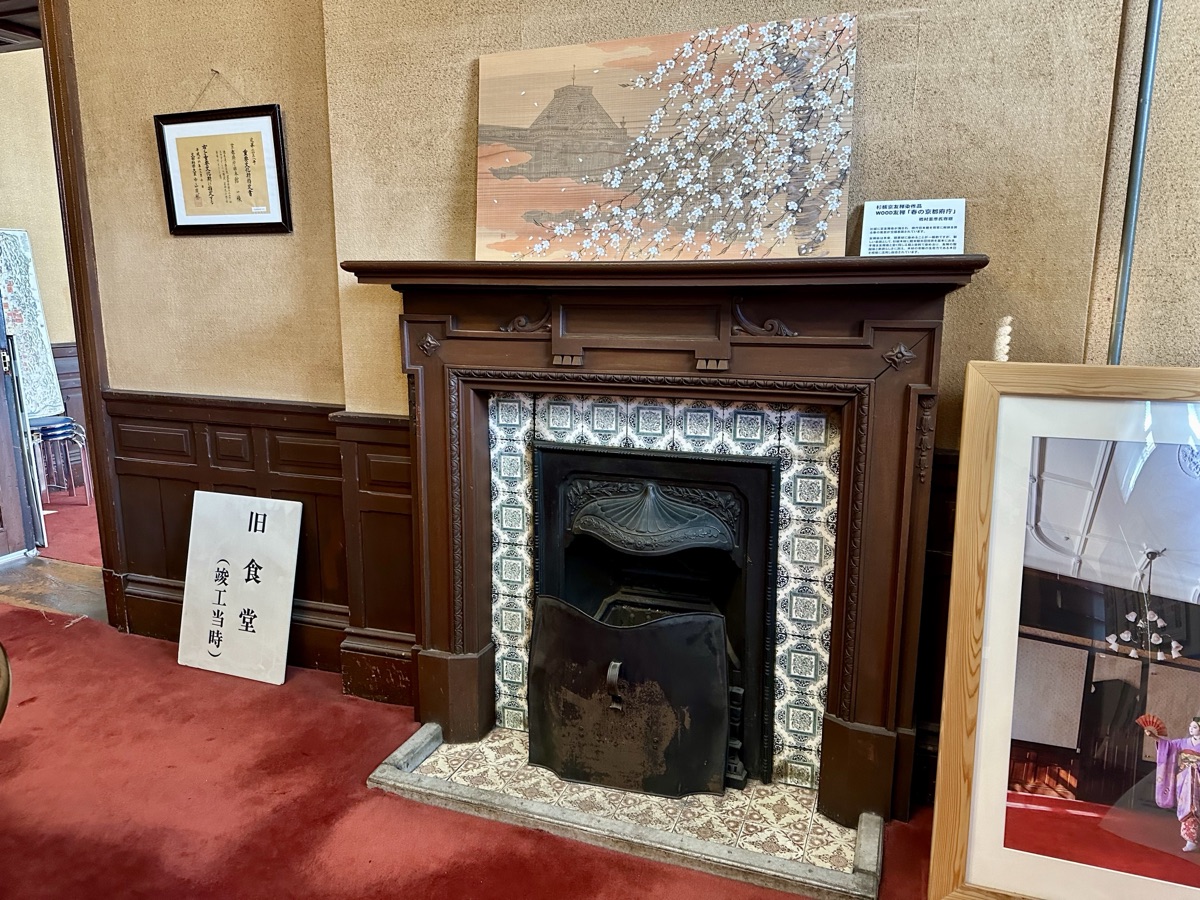
You can even see something interesting called the “Governor and Director Attendance Light,” a board showing whether they were in the office or not.
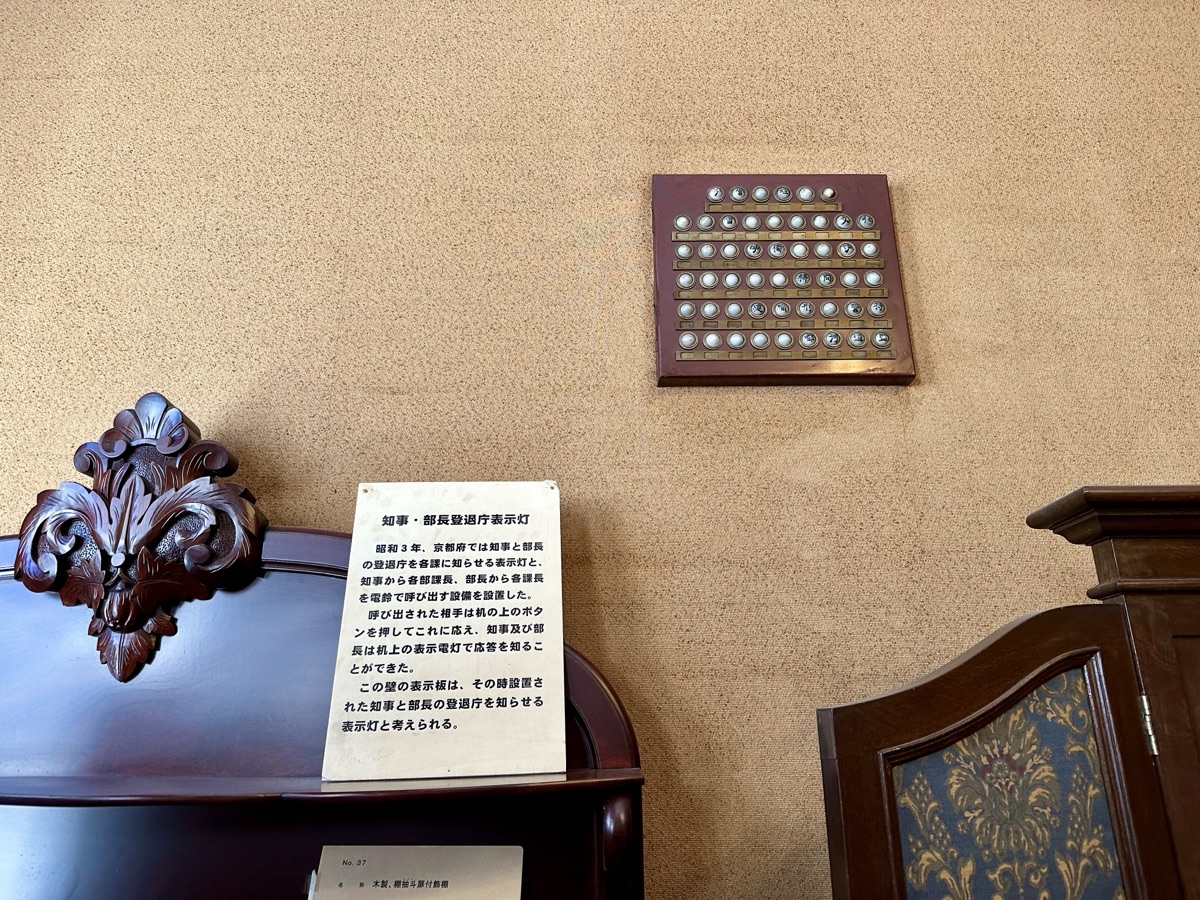
It’s unclear whether this was originally installed here or relocated later. Since this was in a time before the internet and mobile phones, when the light was on, it meant the person was in the office!
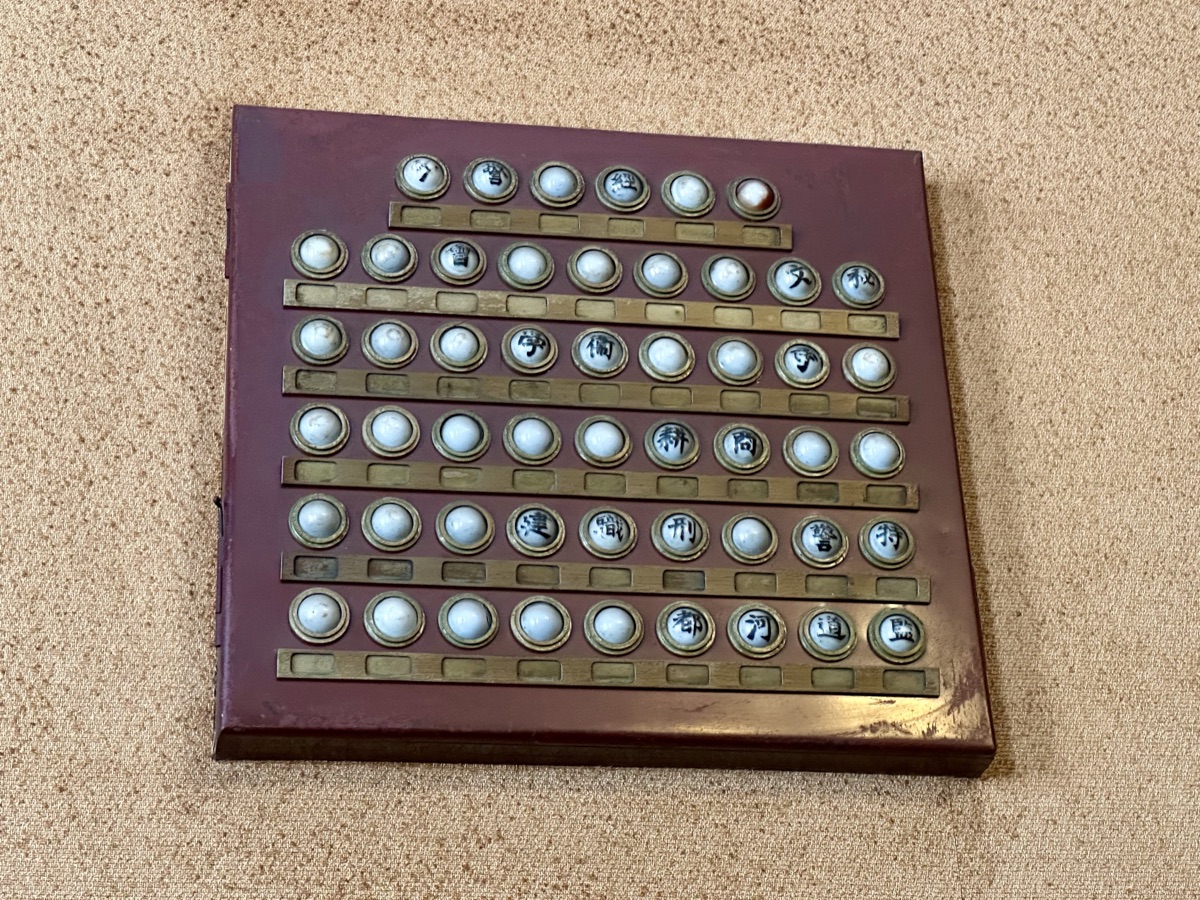
Beyond the former dining hall is the former governor’s office. The desk inside is quite impressive, though the wallpaper looks a bit worn…
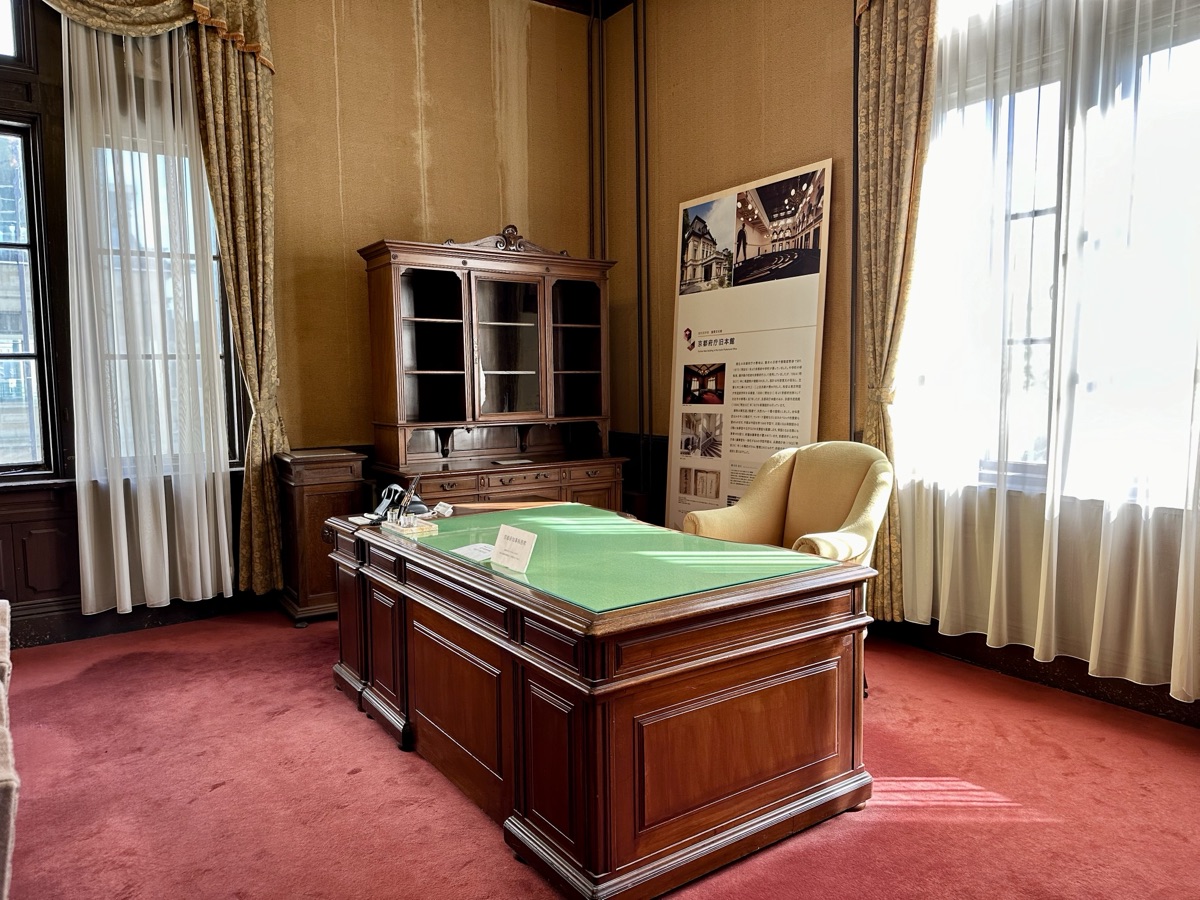
This room also has a fireplace, but unlike the previous one, it’s made of marble.
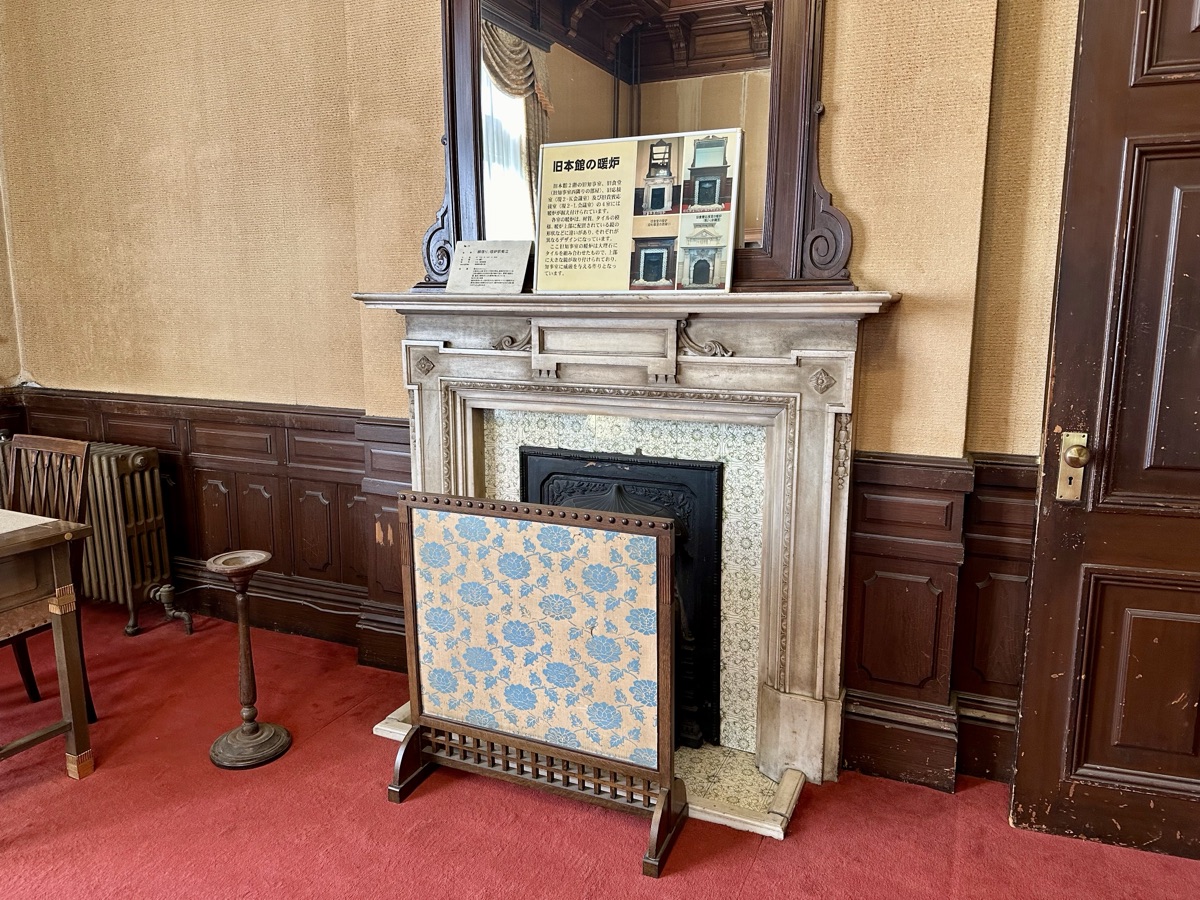
There’s also a café inside, but it’s only open on weekdays, so it wasn’t operating that day. I only saw a few other visitors during my tour. What a shame—it’s such a lovely place!
The Assembly Hall Was Closed for an Event…
On the opposite side of the former governor’s office is the Assembly Hall, which is also usually open to visitors.
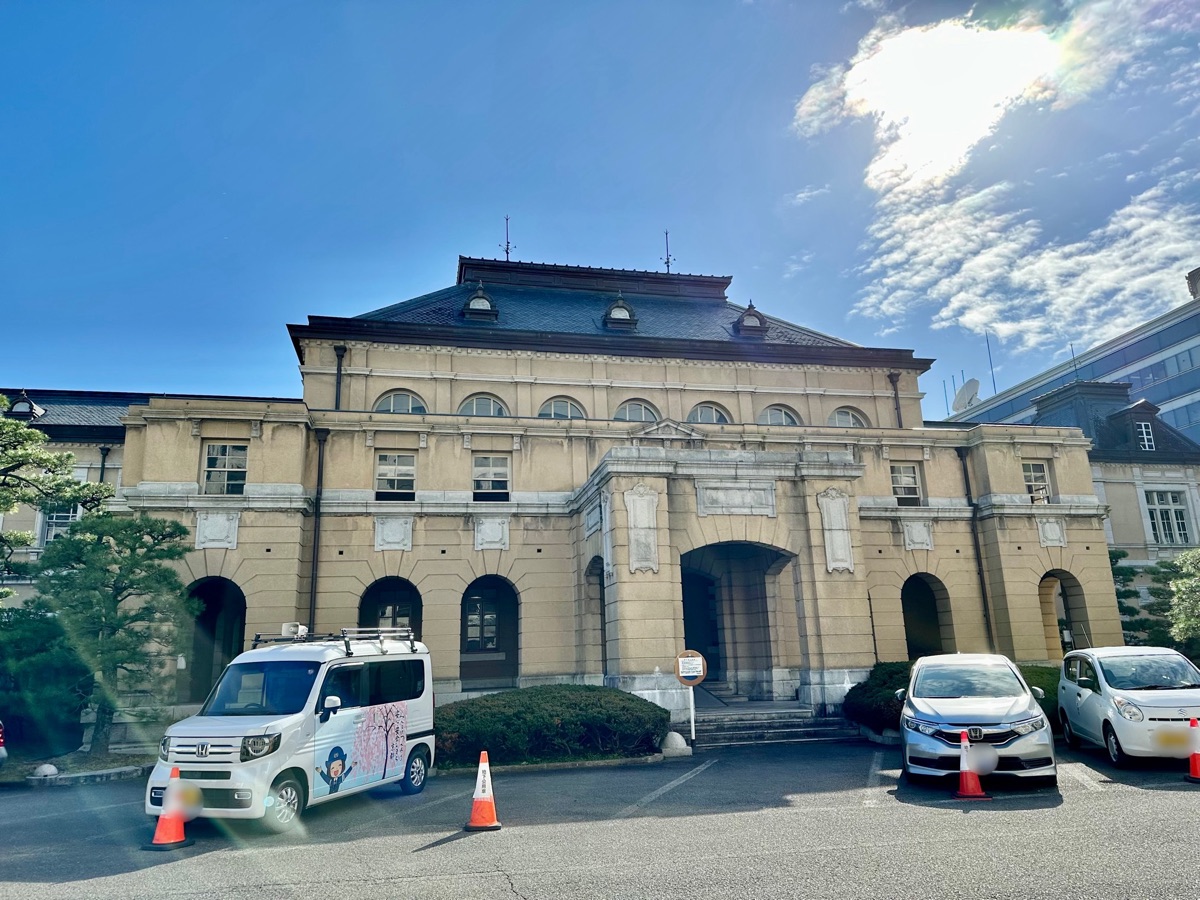
However, it was being used for a symposium that day, so I couldn’t go inside.
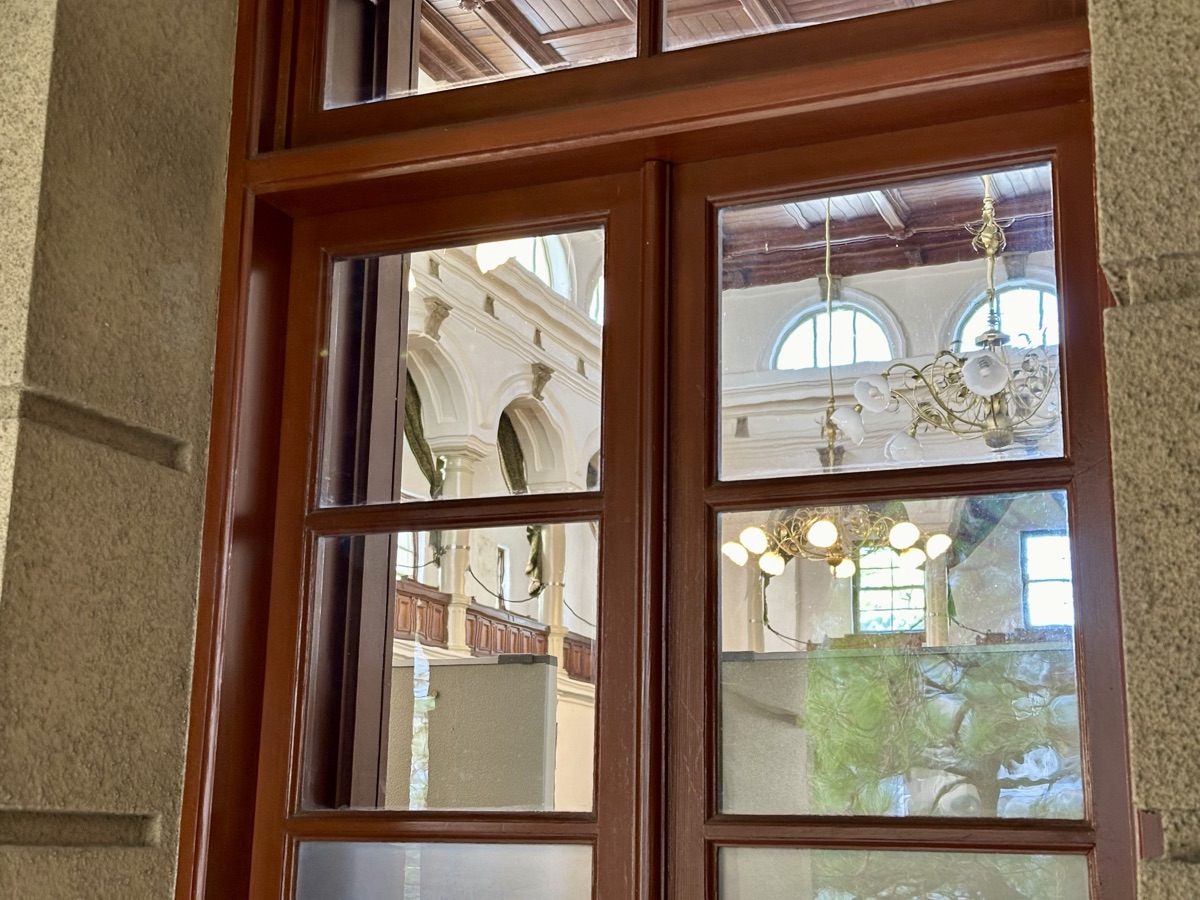
I really wanted to see the interior, but unfortunately I couldn’t. Still, it’s nice to see that the hall is still actively used today.
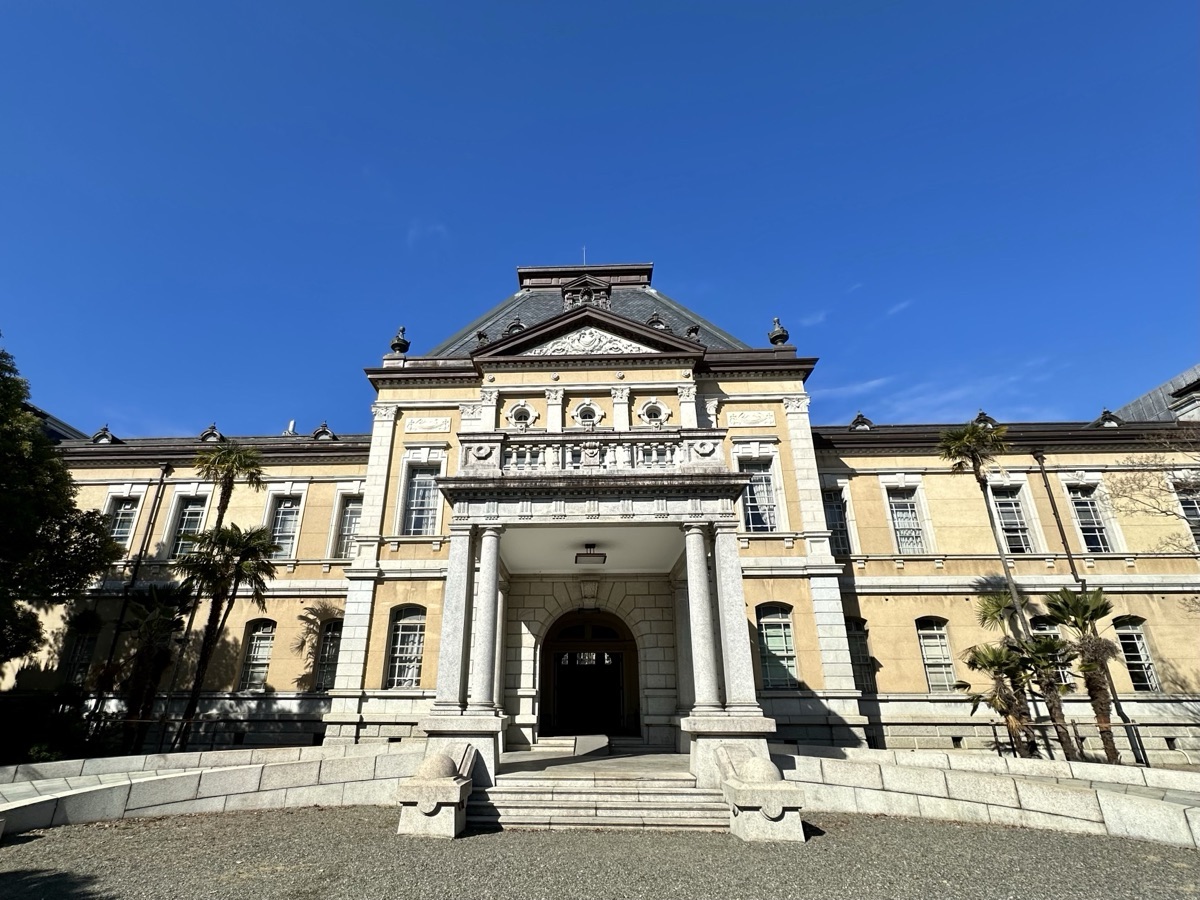




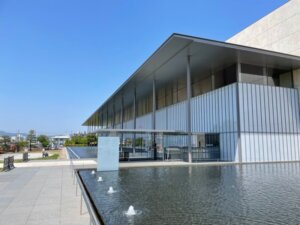
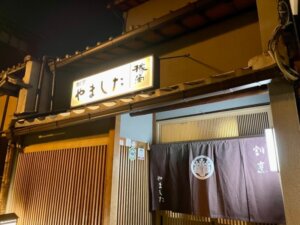

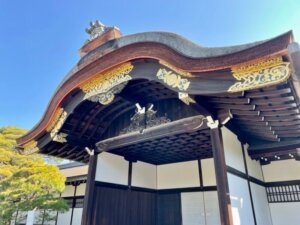
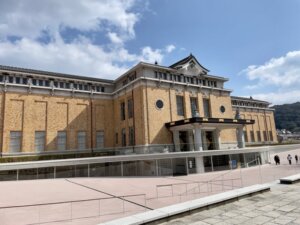
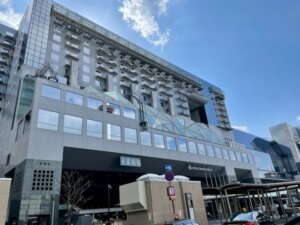
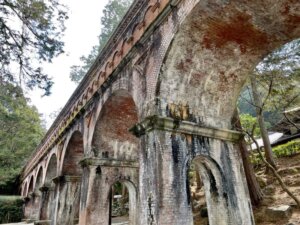
Comments